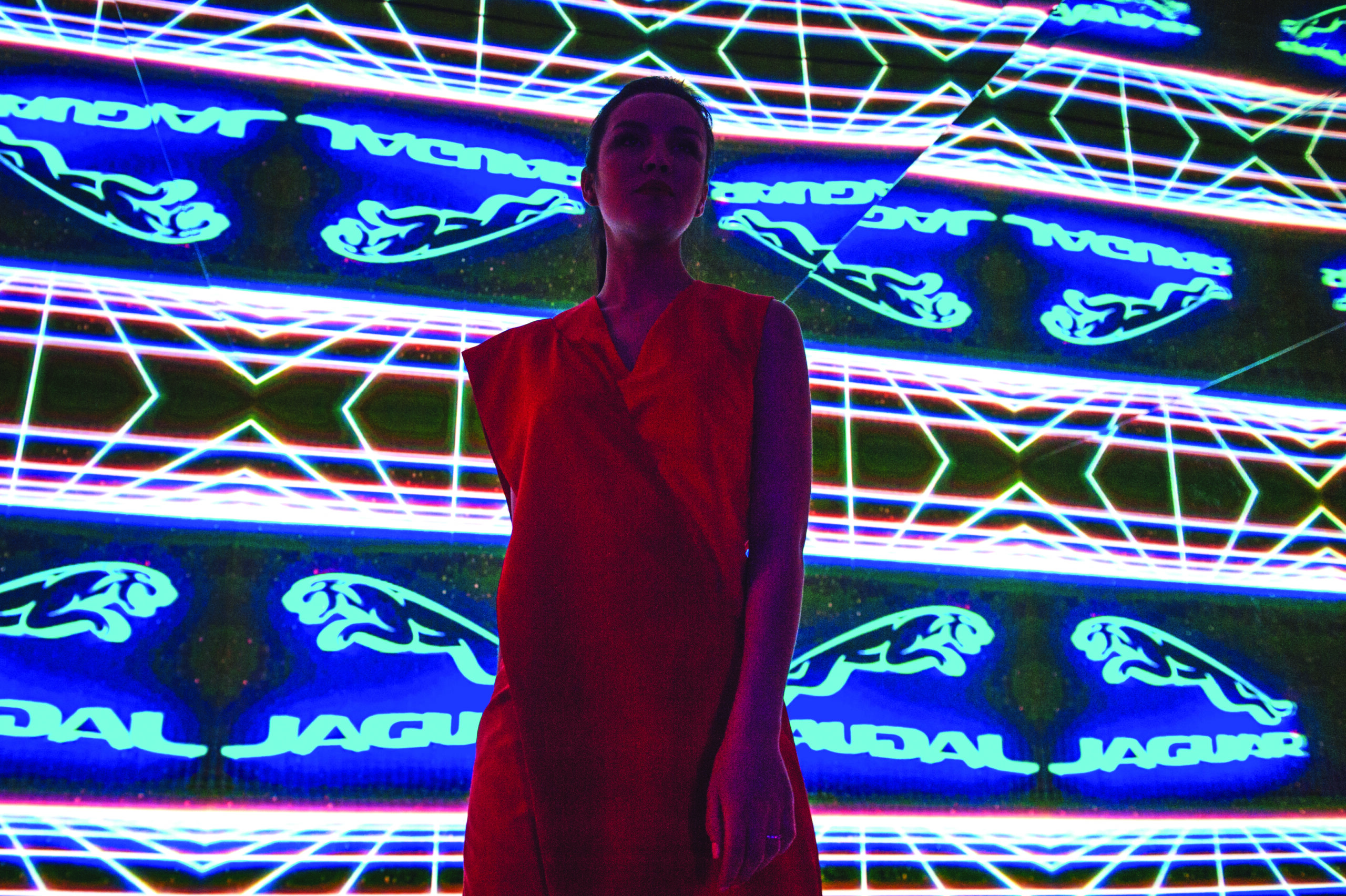
We are fans of events. We have been making them for almost twenty years, studying them, writing books about them, experimenting, making mistakes and experimenting again. Not so long ago, the Eventum Premo agency opened an office in Dubai.
We believe that the event was and will be the culmination of many business processes – the launch of a new product, the launch of a new strategy and the launch of a new cycle in companies.
Every year we analyse presentations with trends in marketing, communications and culture and try to apply them to the event market. We also analyse changes in our work and in customer requests.
Here are the global event marketing trends we have discovered this year.
NUMBER OF FACE-TO-FACE EVENTS IS RISING
We would describe this year as 3G: Go Physical (means offline meetings), Go Wild (means unexpected destinations), and Go Touch (means sensual experiences as opposed to virtual ones).
Virtual fatigue encourages us to meet colleagues and clients in person. That’s why the number of offline events is rising and will continue to rise. A dispersed workforce has many advantages, but also we understand that sometimes we have to meet in person.
It’s going to be fast developing a category of events – internal events to emotionally connect members of a group with each other.
DEMAND FOR JOY
In many areas, we can see a demand for joy: design, music, colours, dressing, decorations etc. We would like to pick up two examples. It’s about wearing anything that makes you happy, that changes your mood – with a colourful, provocative theme.
It’s about anticipating a special occasion and enjoying the process of preparing for it. What about events Costume parties or a bright dress code.
IMMERSIVE EXPERIENCE
Immersion events are a trend that is still gaining momentum, both offline and hybrid. Digital installations and digital experiences can bring new scenarios of immersion in physical activities.
The emergence of a large number of digital immersive spaces around the world and the request for interactivity are all elements of a new experience.
We want and appreciate immersion and involvement, and we will be part of this action, not just passive spectators.
The combination of theatrical elements and digital solutions opens up new spaces for creative concepts. It’s up to the courage of the brands to go there.
HYPERLOCALITY
The more globalisation gains momentum, the more we begin to appreciate what can only be found in this place, appreciate limited editions and appreciate the style and spirit of this place.
This trend began in the luxury goods category – a request for uniqueness, for history, for connection with a place. A request that the product not only has the right characteristics, but also carries with it history. Now we see it in different spheres and categories.
We use local design, sounds and cultural elements to organise events and creative concepts.
Can we use national visual elements of the place where the event takes place with the design of our event? Will this add depth to our concept?
Will we have anything to tell the guests besides just business information?
EVERYTHING SHOULD HAVE ITS OWN AUTHOR
The value lies in the uniqueness, in the fact that it cannot be repeated. Authorship is manifested in various elements of the event or company – ‘X did it’. That is, not just the design of the event, but the design developed by those artists.
Not just a soundtrack for the opening, but a musical composition written by the composer.
Investment in most events is not big enough to ask Hans Zimmer for example to write the music for you (as BMW did for its cars).
But it is quite possible to make an author’s design or an author’s merchandise. And it also adds depth to the project, and you have something to tell the participants.
A NEW COLLABORATION FORMAT
Neural networks create new opportunities for an author’s creativity by automating what can be automated. Neural networks expand creative possibilities by eliminating technical limitations.
Probably this trend applies a little more to the work of agencies – we have begun to actively use neural networks to design presentations, to create draft versions of visuals and so on.
By Alexey Berlov, Partner at Eventum Premo Dubai









